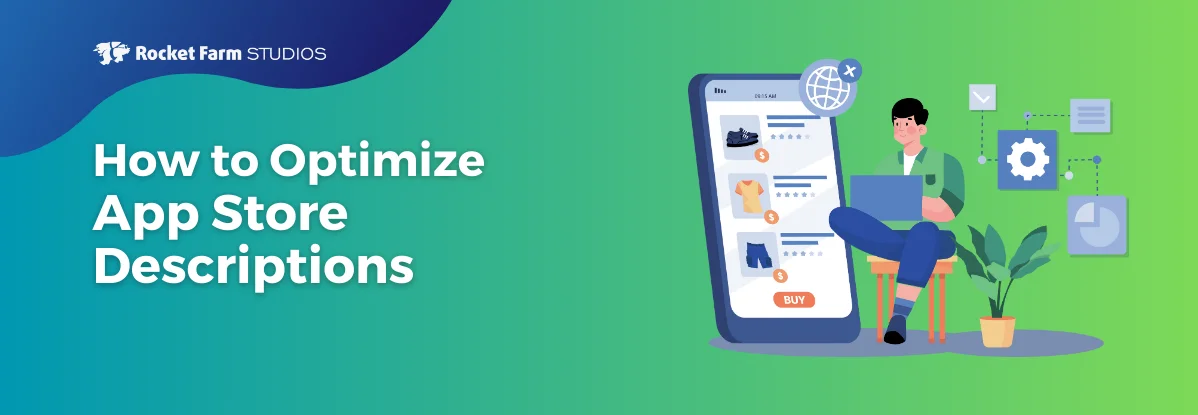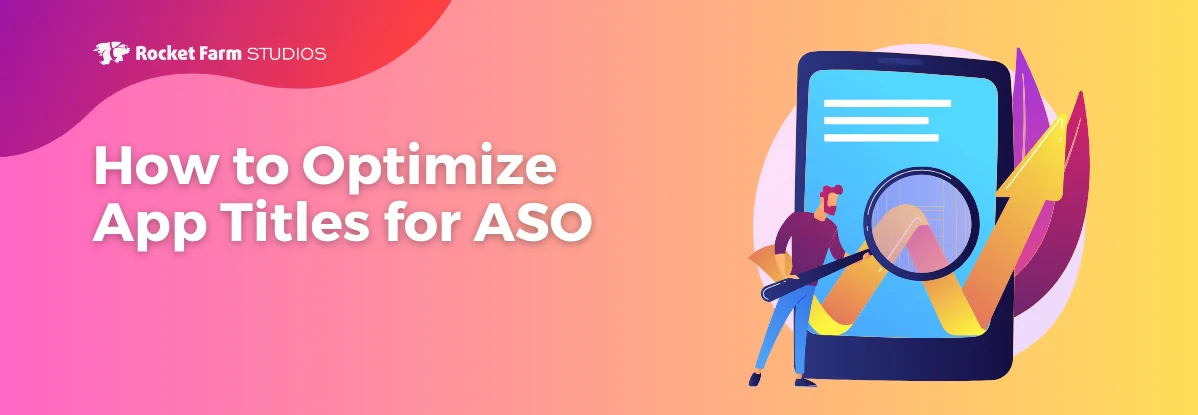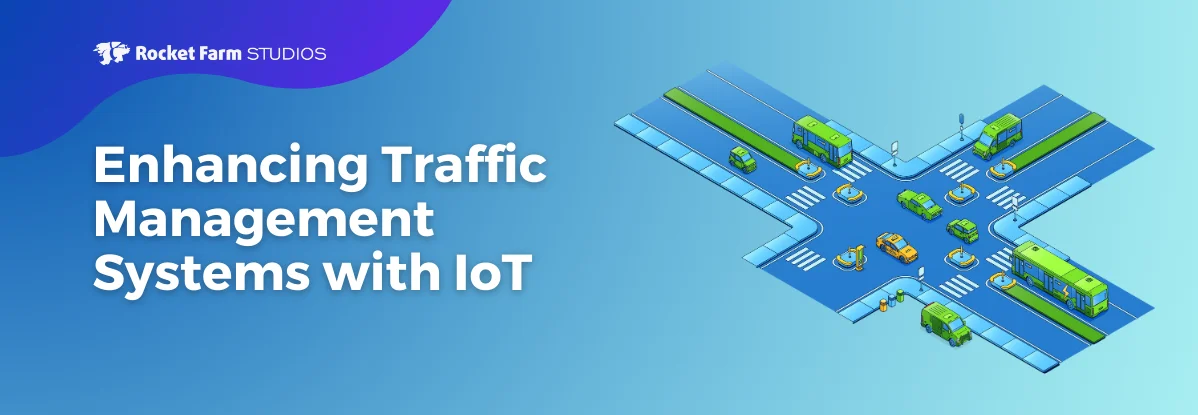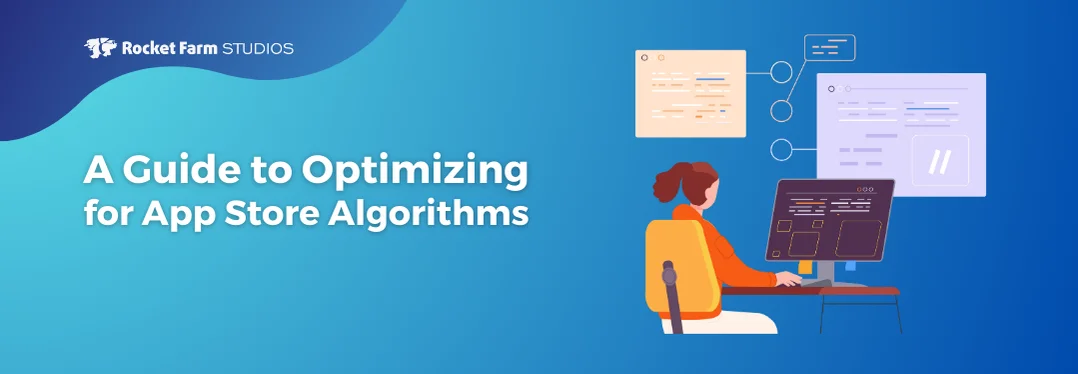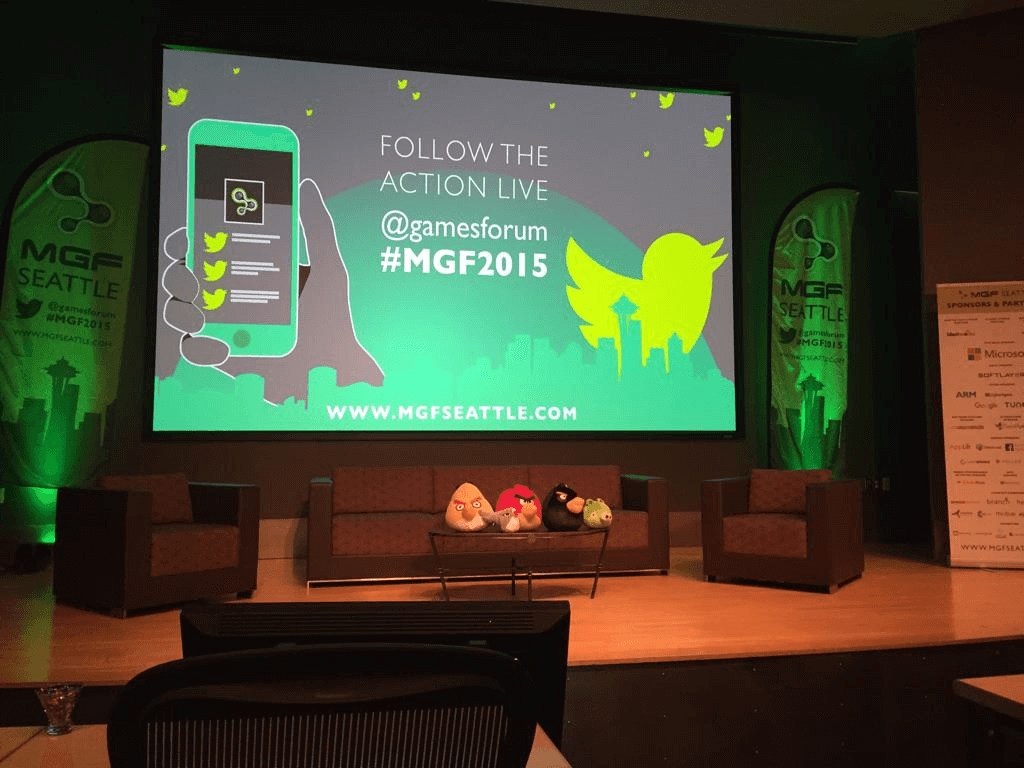
Source: @gamesforum
Such a pleasure to be out at the Mobile Games Forum in Seattle this week, joining a plethora of like-minded geeks who love gaming apps. Sure, Rocket Farm is taking on more and more enterprise-level apps and teaming with large companies to build business apps for the market and for their employees, so why are we gushing about games? Because games are fun. And games are beautiful. And games – to be successful – must be intuitive, and easy, and engaging, and viral. And guess what: all of these attributes are things you’d really want in your app even if you are working on a serious enterprise-level sales team enablement tool or a new social network for the masses.
The lessons we learned today from these amazing game developers are perfectly applicable when it comes to developing our bread and butter: enterprise tools, lifestyle apps, utility apps, and other “serious” apps, and we want to share them with you. And what better place to start than the very first talk from Paul Brownlow of GameHouse / Blastworks, which makes the Slingo family of games. Paul shared some of his key insights for making successful mobile games, and with each point I was struck (yes struck!) by just how amazingly applicable it was to developing non-gaming apps as well.
From Gaming Apps to Enterprise Apps
1) Share the metrics throughout your organization so everyone is focused on the same picture. In gaming apps, KPIs tend to be user acquisition cost, life time value, daily active users, retention rate, and more. Hmm, those all sound like the same things you’d want when you’re monitoring app adoption for an internal enterprise tool or a lifestyle app. The advantage gained from having your whole organization focused on the metrics can’t be understated. How can you determine success without first defining success as a quantitative level? You need to make sure you can measure it, and then figure out how to act on it. Getting everyone involved in those metrics is crucial.
2) Use known mechanics. In games, the riskiest part to develop is the core game play mechanics. Why not take that risk out of the equation by copying a mechanic that is known to work! Think Crossy Road to Frogger. Candy Crush is most definitely not the first match-three puzzle game that’s ever existed. What can we learn from that? How many login / registration / user password recovery paths are there? Just copy the successful ones. What works for social networks like Facebook and Instagram will probably be a great starting point for you!
3) Simplify simplify simplify your experience and don’t optimize too early. Cardinal rule of game design is to make it easy. Easy to understand, easy to learn how to play, and so on. Only when it’s simple and easy (and fun), do you start to optimize to increase sessions, engagement, etc. all on the way to optimizing player spend. What’s true in games is true in other app based businesses. Don’t optimize anything until the experience is simple and engagement and hitting the KPIs of session, retention and virality. Once you have traction, then optimize away.
4) Get users as cheap as you can, then keep them. Enough said. In games or outside of them, you have to think through innovative and creative ways of acquiring users and you have to work to retain them. See step 3.
5) Play your own games. Seems obvious, but it’s great advice. How else would you know that they are fun? Play with your own apps with every release at the conclusion of every sprint. Your entire team should be using and testing the app on a daily basis, on phones and tablets. QA starts on your home couch.
6) Know your player. Who’s the persona? In game world, you are either designing for kids, for moms, for males age 20-40 (generally). Whoever it is, you have to start out by knowing your player. The Same thing is true in the app world, which is why we always start our design process with personas.
7) Think mobile first. We couldn’t agree more.
What other lessons are there in gaming apps that can be applied when designing enterprise apps? Let us know what you think!





